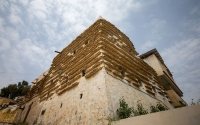
The diverse topography of the southern region of the Kingdom of Saudi Arabia, ranging from mountain peaks and slopes to valleys and the Red Sea coast, has led to a variety of building materials and construction methods, leading to the development of multiple building styles. The availability of stone, clay, wood, and reeds has contributed to the evolution of five types of buildings: Mud houses in Najran Province . Stone houses built mainly without (mortar). Raqaf Houses in Abha City, Aseer Prov...
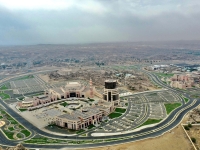
Higher education in the Kingdom of Saudi Arabia is distinguished by several features. Saudi universities boast academic excellence across all disciplines. It also provides a stimulating environment for scientific research, featuring advanced research centers. The diverse educational and cultural environment within Saudi universities attracts outstanding students from two hundred countries worldwide. Furthermore, the Kingdom offers exceptional support for international scholarship students, allo...
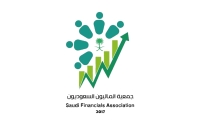
The Saudi Financials Association (SFA) is a non-profit organization dedicated to educating professionals, enthusiasts, and workers in the finance and accounting sectors in the Kingdom of Saudi Arabia. SFA aims to create networking opportunities, organize developmental events, and launch specialized conferences. SFA is registered with the Ministry of Human Resources and Social Development and operates under the supervision of the Ministry of Economy and Planning , with its headquarters in Riyadh...
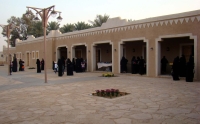
The climate plays a crucial role in the architecture of the central region, where human hamlets consist of agricultural oases located along valleys, such as Wadi Rumah in Qassim , Wadi Hanifah in Riyadh Province , and Wadi ad-Dawasir in the south. The use of mud for building and stone for foundations, mosque columns, and courtyard columns in homes is prevalent. The Najdi house is characterized by a courtyard, which is a fundamental element of the dwelling. The architectural style in the central...
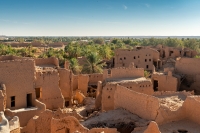
The towns of Najd generally formed around and along Tuwaiq Mountain and its valleys and ravines, crafting their character from its stones and the silt of its valleys. The traditional Najdi house is characterized by its simplicity in composition and mass, with multiple elements surrounding the internal courtyard. It consists of one or two floors and typically has a single entrance that opens indirectly to the courtyard. The Najdi house includes a majlis (sitting room) located on the first floor,...
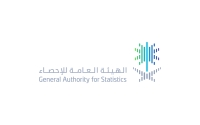
According to the report by the General Authority for Statistics in the Kingdom of Saudi Arabia on the occasion of International Youth Day 2020, the youth in the Kingdom, defined as the age group (from fifteen to thirty-four years), represent 36.7 percent of the total Saudi population. This report includes various statistics on Saudi youth covering demographic, social, economic, educational, health, cultural, and recreational aspects. The majority of young males in the Kingdom fall within the (t...
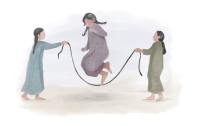
Skipping Rope, also known as al-Habla or Qafez al-Habel , is a popular game among both boys and girls in the Kingdom of Saudi Arabia. It is particularly known as a girls' game in Riyadh Province and Eastern Province . The game can be played individually or in groups and relies solely on using a rope. It is simple in its components and techniques, requiring agility and attentiveness. The names vary by the provinces of the Kingdom: In Riyadh, it is called al-Habla, and in the Eastern Provinc...
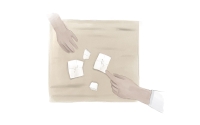
Jallad Harami Game is a traditional game commonly played by children across the Kingdom of Saudi Arabia, particularly in Makkah al-Mukarramah Province . The game involves four players and requires a matchbox or pieces of paper for writing. Tools for playing Jallad Harami Players need an empty matchbox, with each side representing a specific role, or pieces of paper labeled with the four roles to be assigned based on the draw results. The roles are: the Ruler, the Executioner 'Jallad',...
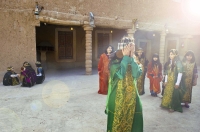
Al-Tish game is a traditional group game in the Kingdom of Saudi Arabia. It involves two teams: Al-Tish and al-Tayerin (the Flyers). It shares a general framework with a variety of other traditional games but differs in details. Among these are al-Askar wa al-Haramia (Soldiers and Thieves), and al-Tairi . The teams in the game are divided either by drawing lots or by mutual agreement. One team chases the other, with al-Tish being the team that performs the chasing. Playing al-Tish game Al-Tish ...
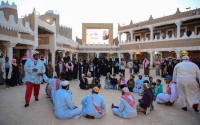
Taq Taq Taqiyah is one of the traditional games in the Kingdom of Saudi Arabia, commonly played among children. It features a unique chant, which gives the game its name, recited by children during play. How to play the game A group of children participates in this game, gathering in a large circle. One child runs outside the circle, taking quick steps, chanting 'Taq Taq Taqiyah.' The children in the circle respond with 'Ran Ran ya Jaras' (Ring, ring, oh bell). The child out...
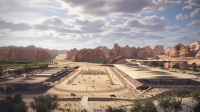
Al-Muatadil Village is a global destination for hosting international equestrian championships in the Kingdom of Saudi Arabia. It highlights the value of al-Ula Governorate in heritage, culture, arts, and sport, contributing to achieving one of the strategies of the al-Ula Vision for comprehensive development, in line with the goals of Saudi Vision 2030 . The Royal Commission for alUla presented the designs for 'al-Muatadil Equestrian Village' on March 4, 2023, during the Custodian ...
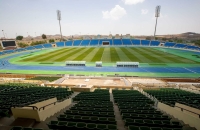
Prince Sultan Sport City is a multi-purpose sport facility located on al-Mahalah Road in Aseer Province , south of the Kingdom of Saudi Arabia. Covering an area of 242,750 m². It hosts sport matches and events and is overseen by the Ministry of Sport. Establishment of Prince Sultan Sport City Prince Sultan Sport City, inaugurated during the reign of King Fahd Bin Abdulaziz Al Saud in 1984. It is located on al-Mahala Road in Abha City, Aseer Province, covering an area of 242,750 m². Prince Sul...